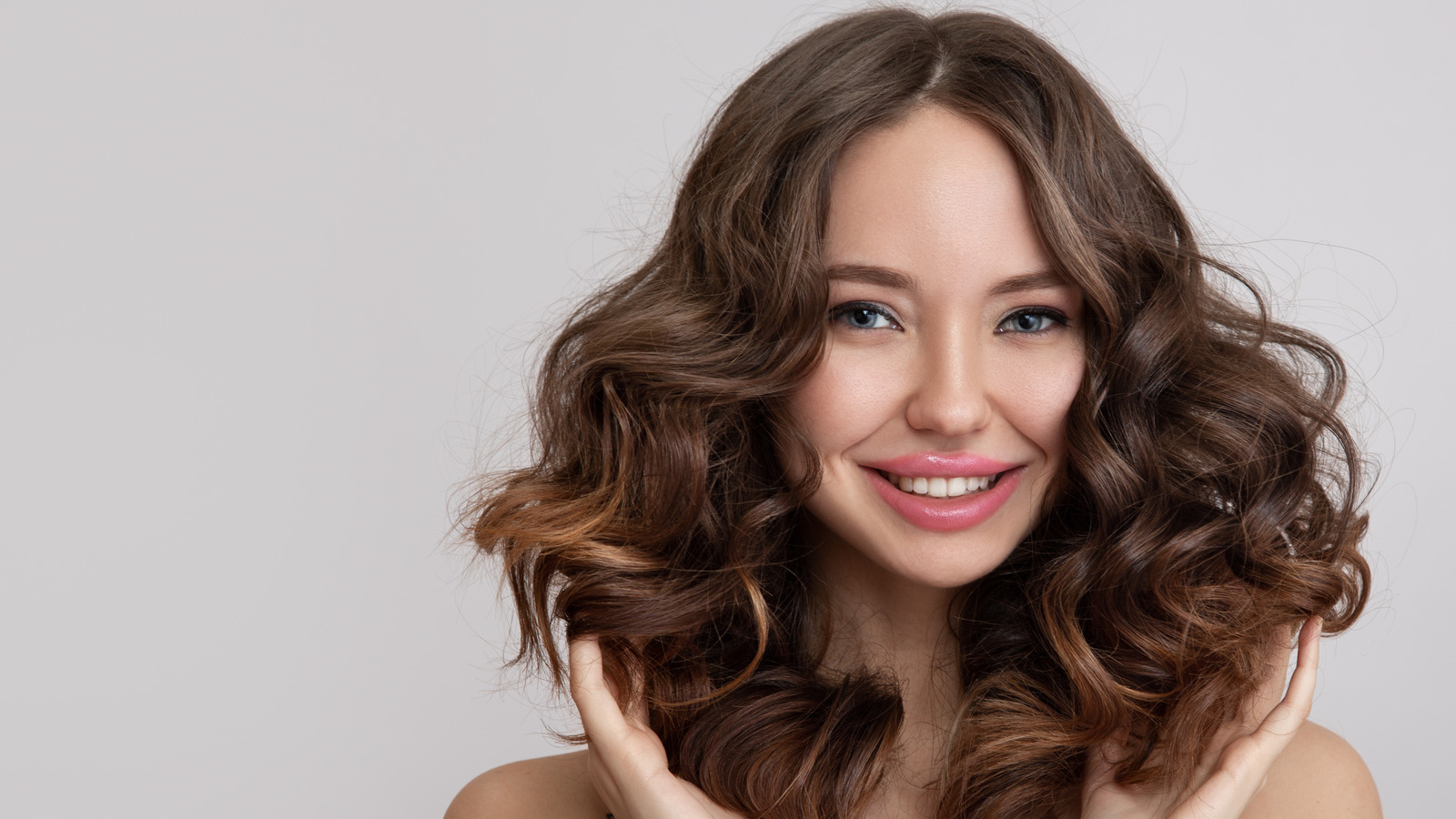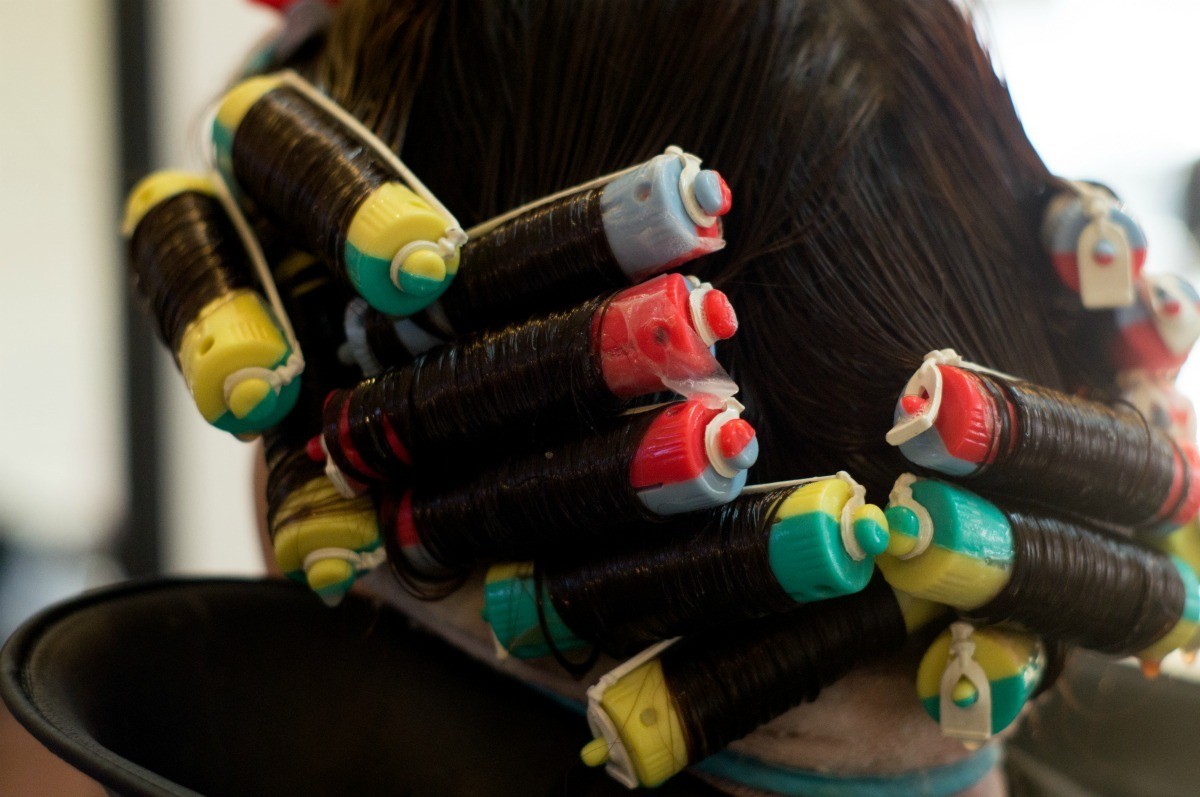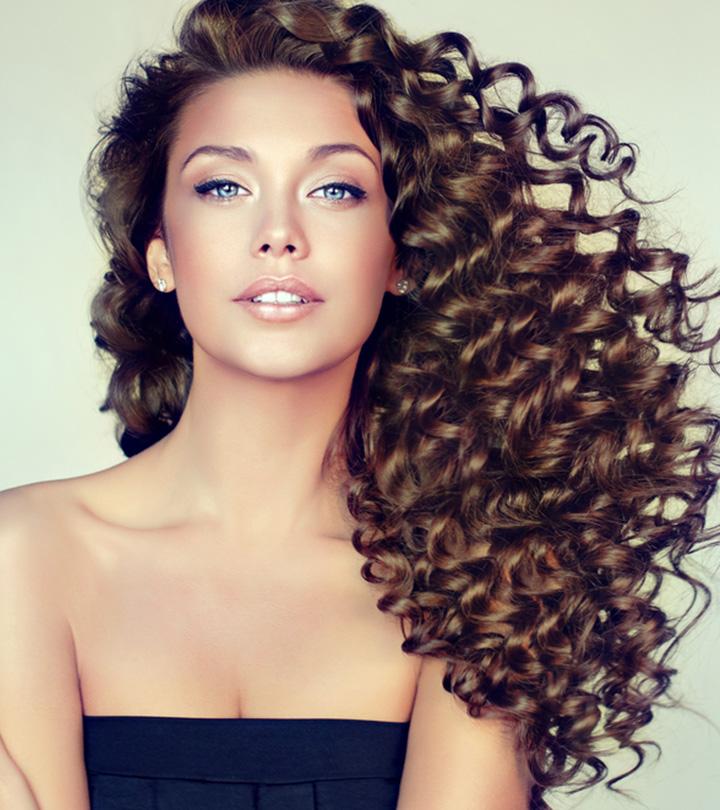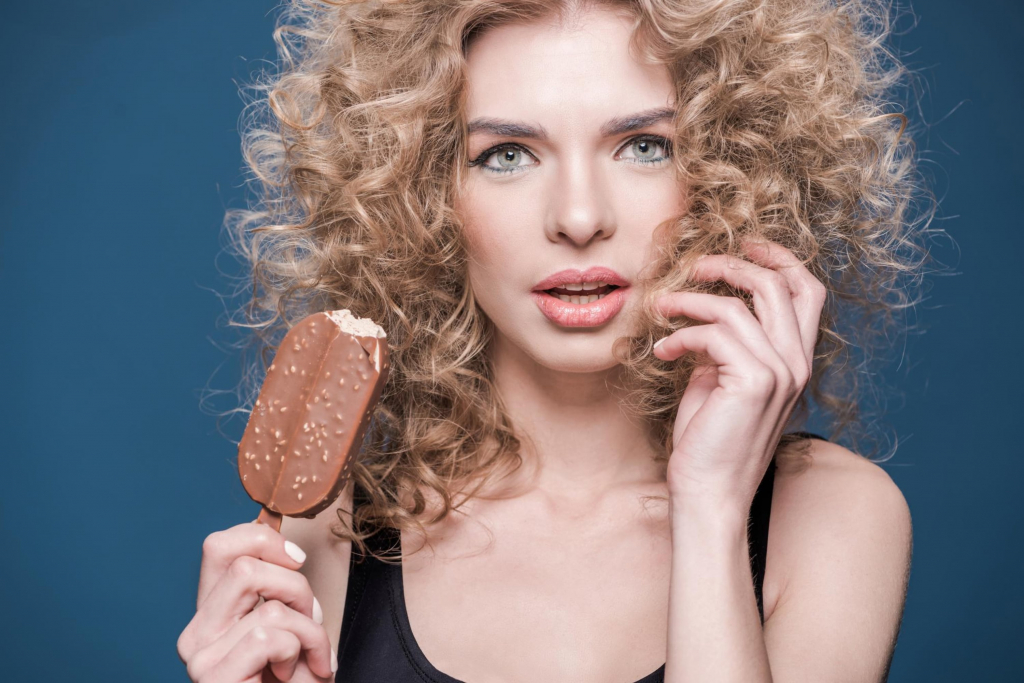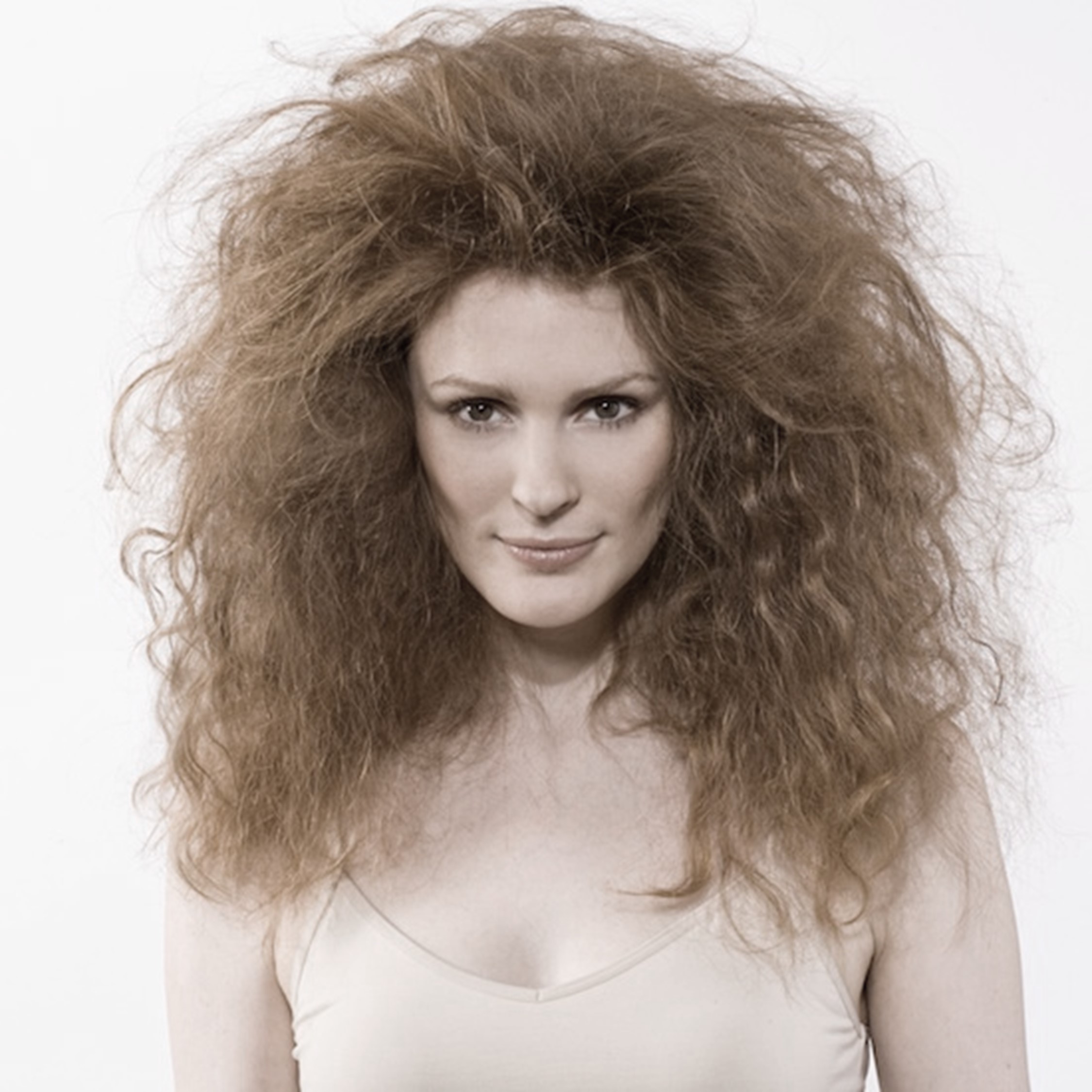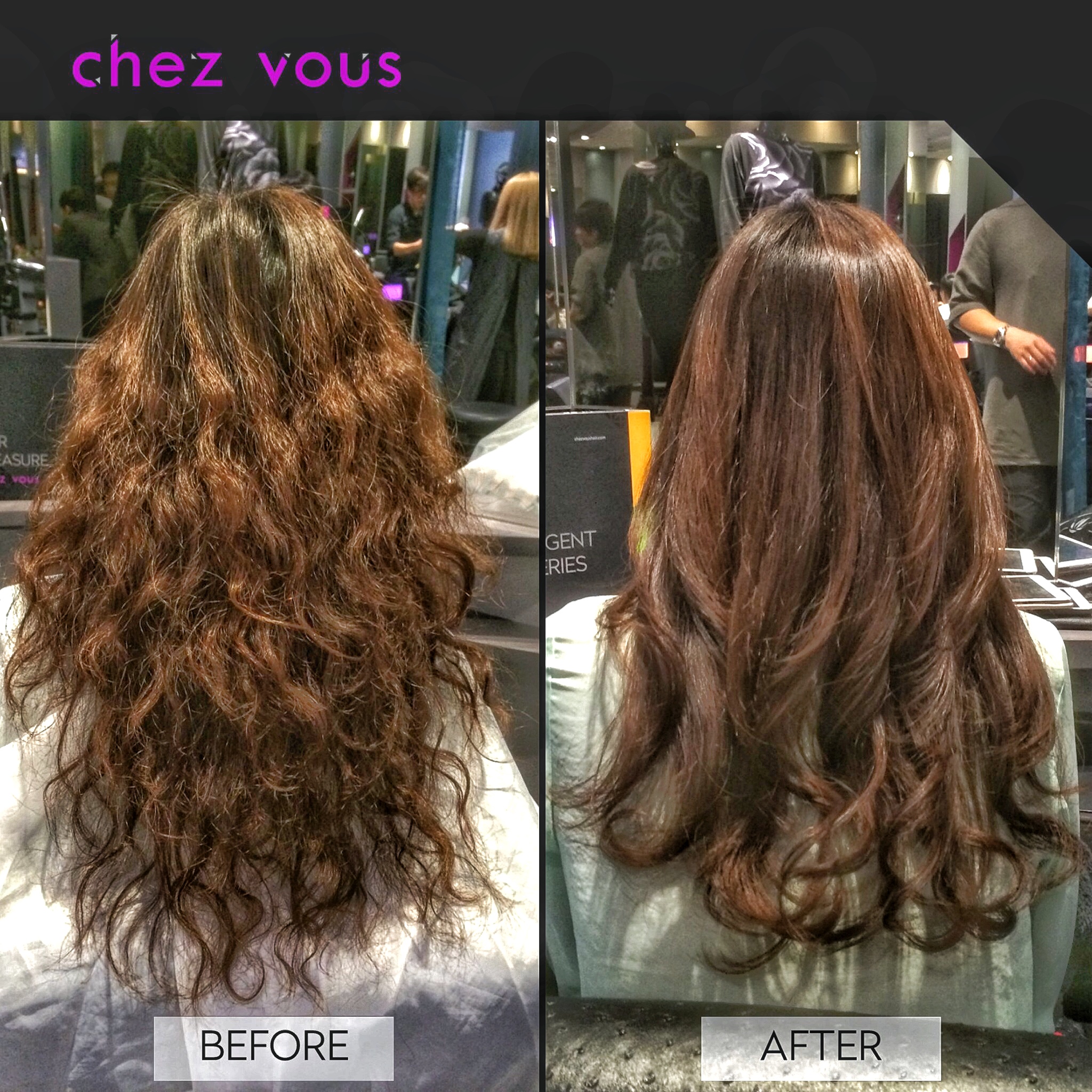Simple Tips About Why You Should Not Get A Perm Mens Hairstyle 1964

Want to get a digital or cold perm?
While a perm might seem like the shortcut to curly or wavy hair, it's important to understand that the process is far from perfect for everyone. The truth is, getting a perm involves more than just a trip to the salon—it requires commitment, care, and even a bit of risk to your hair health.
What is a Perm? A Brief Overview
Before we dive into the reasons to avoid a perm, it’s important to understand exactly what a perm is and how it works. You might have heard the term “permanent wave” thrown around, and yes, that’s essentially what a perm is—an irreversible chemical treatment that changes the structure of your hair to create curls or waves. But how does it work? Let’s break it down.What Does a Perm Actually Do?
A perm involves the use of chemicals that break and reform the bonds in your hair, altering its natural texture. Here’s the step-by-step process of a typical perm:- Preparation: Your stylist will wash and section your hair, making it damp but not soaking wet.
- Chemical Solution: They’ll apply a perm solution (usually ammonium thioglycolate) to the hair, which breaks the sulfur bonds in your hair strands. These bonds are what keep your hair straight or wavy.
- Curling: Your stylist will then wrap the hair around rods, which gives it that curly or wavy shape.
- Setting: After the hair is wrapped, the solution is left on for a specific time (usually 15-30 minutes). This gives the solution time to reshape the hair's structure.
- Neutralizer: After the perm solution is rinsed out, a neutralizing solution is applied to lock the new shape into place.
How Long Does a Perm Last?
A perm’s longevity depends on your hair type, how well you care for it, and the type of perm you get. On average, a perm lasts about 3 to 6 months. Over time, your hair will start to lose its curl, and your natural texture will gradually return, especially as your hair grows out. That means, while the perm might be long-lasting, it’s far from a one-time style choice—you’ll need to upkeep it, and your hair will change as it grows.Why Do People Get Perms?
Now, you might be wondering why anyone would choose to undergo such a process. It’s simple: People get perms for the look and feel of curly hair without the daily hassle. Some of the main reasons people opt for perms include:- Volume Boost: If you have fine, limp hair, a perm can add instant body and texture to your locks. It’s like a permanent blowout—minus the flat iron and hairspray!
- Curly Hair for Straight-Haired Folks: If you were born with pin-straight hair and longed for bouncy curls, a perm gives you a more permanent solution than constantly curling your hair with hot tools.
- Low Maintenance (At First): Once you get a perm, you may be able to avoid daily styling. The curls or waves stay in place even when you wake up (ideal for those who don’t want to spend a lot of time in front of the mirror).
- Trendy Look: With the rise of retro beauty trends, perms have gained popularity as people embrace 80s-inspired curls and beachy waves.
But while the idea of walking out of the salon with perfect curls may sound tempting, it’s crucial to weigh the risks and consequences of getting a perm. After all, why you should not get a perm could become clearer as we dive into the potential side effects and long-term effects of this treatment.
Potential Side Effects of Getting a Perm
Getting a perm isn’t as simple as sitting in a chair and walking out with fabulous curls. The process involves strong chemicals that can have lasting impacts on your hair and scalp. If you’re considering a perm, it’s essential to understand the possible side effects—because sometimes, those gorgeous curls come at a serious cost.Hair Damage
One of the biggest reasons you should not get a perm is the potential damage to your hair. While perms give you the desired curly look, the chemicals used in the perming process can break down the protein structure of your hair, making it more prone to damage. Here's why:- Dryness: After a perm, your hair can lose its natural moisture, leaving it dry, brittle, and harder to manage. You might notice that your hair feels rough to the touch, and your natural shine may disappear.
- Breakage and Split Ends: Since the process weakens the hair's structure, it’s more likely to break or develop split ends. If you already have fine or fragile hair, a perm could make these issues worse.
- Frizz and Unpredictability: Over time, perms can become frizzy, especially if you don't take proper care of your curls. Humidity can make your curls unruly and hard to tame, leading to an inconsistent look.
Scalp Sensitivity and Irritation
Another serious concern when it comes to perms is the chemical irritation they can cause. The active ingredients in perming solutions can irritate sensitive scalps, leading to:- Chemical Burns: If the solution is left on for too long or if you're particularly sensitive to the chemicals, it could lead to burns on your scalp. These burns can be painful and may cause scabbing or scarring.
- Allergic Reactions: Some individuals may be allergic to the chemicals used in perms, which can lead to redness, itching, swelling, and even blisters. If you're prone to allergies, a patch test is always a good idea before committing to a perm.
Over-Processing
If the perm solution is left on for too long or if the process is done too frequently, your hair can undergo over-processing. Over-processed hair is more prone to breakage, dryness, and a lack of elasticity. Once your hair is over-processed, it's difficult to restore it to its natural state, often requiring haircuts, trims, and deep-conditioning treatments.While perms can give you the curly hair you’ve always dreamed of, they come with potential risks to your hair’s health. From dryness and breakage to scalp irritation, the side effects of perming can be serious—and sometimes irreversible. If you’re still set on getting one, it’s essential to consult a professional stylist to assess whether a perm is suitable for your hair type and condition. However, as you’ll see in the upcoming sections, there are plenty of alternatives to perms that can give you the same look—without the long-term damage. Stay tuned for more on why you should not get a perm and explore some of these safer options.
Cost of Getting and Maintaining a Perm
If you’re considering getting a perm, one thing you might not have thought about is the cost. While it’s tempting to focus on the immediate outcome—those gorgeous curls or waves—the price tag and ongoing expenses are factors worth considering. Why you should not get a perm may become clearer once you take a look at the financial commitment involved.Initial Cost of a Perm
Getting a perm isn’t like a regular haircut or color treatment—it’s a more involved process, and that means a higher price tag. Depending on where you live and the salon you choose, the cost of a perm can range from $60 to $250 or more. Here are a few factors that influence the price:- Hair Length and Thickness: Longer, thicker hair typically requires more time and product, leading to higher costs. Shorter hair might be less expensive, but it still depends on the stylist's rates.
- Stylist Expertise: A seasoned stylist with a reputation for excellent perms will likely charge more than a newbie. Experienced professionals often ensure that the perm turns out better and reduces the risk of damage.
- Type of Perm: Different types of perms—like spiral, body wave, or digital perms—might come with different pricing due to the level of skill and expertise required.
Ongoing Maintenance Costs
After getting a perm, maintenance costs can add up quickly. Here are some of the additional expenses you may face:- Shampoos and Conditioners: Permed hair tends to dry out quickly, and you’ll need special shampoos and conditioners to keep it hydrated and in good condition. These products can be more expensive than your typical drugstore brand. Expect to spend anywhere from $15 to $40 on high-quality, sulfate-free products.
- Deep Conditioning Treatments: To keep your curls soft and hydrated, you might need weekly deep-conditioning treatments or oils. Depending on the brand and the frequency of use, this can add $10 to $25 per month to your hair care budget.
- Salon Touch-ups and Adjustments: As your perm grows out, you’ll likely need regular touch-ups to keep the curls fresh. Touch-ups can cost anywhere from $40 to $100, and they’ll be required every 3-6 months. You might also need to schedule trims more frequently to prevent split ends, adding another $20–$50 per visit.
- Styling Tools: Depending on your hair type and how you style it, you may find that curling irons, diffusers, or other styling tools are necessary to keep your curls looking their best. These tools can cost between $30 to $100 and will need to be replaced over time.
Perms Are High Maintenance: What You Need to Know
While a perm might seem like a low-maintenance solution for curly hair, the truth is that maintaining a perm can be a high-maintenance commitment. You might think you can just wake up with perfect curls, but in reality, perm maintenance requires effort, attention, and a few extra steps in your daily hair care routine.Styling Challenges
One of the main reasons you should not get a perm is the styling effort involved after the fact. Once you get a perm, your hair will require specific care to maintain its shape and health:- Washing Your Hair: Immediately after getting a perm, you’ll need to wait 48 hours before washing your hair. After that, it’s recommended to wash your hair less frequently (2-3 times a week). Permed hair is more porous and dries out quickly, so washing too often will strip away moisture and lead to frizz.
- Avoiding Heavy Products: You’ll need to be cautious with styling products. Heavy gels or creams may weigh your curls down, making them look flat or greasy. Stick to lighter products like mousses or curl creams specifically formulated for permed hair.
- Gentle Drying Techniques: If you blow-dry your permed hair, be sure to use a diffuser to avoid frizz. Letting your hair air dry is the gentlest method, but it might take a while. If you’re in a rush, use a blow-dryer on a cool setting.
Frizz and Unpredictability
Another common challenge with perms is the frizz factor. Once your hair has been permed, it may not behave predictably. You might notice that on some days your curls are bouncy and beautiful, while other days they look unruly and frizzy. Humidity, sweat, or even a rainy day can wreak havoc on your curls, leading to:- Unmanageable curls that look limp and dry.
- Frizz at the roots or the ends of your curls.
- Curls that lose definition and look messy.
Limitations with Certain Hair Types
One of the most important things to keep in mind is that not all hair types are suited for perms. If your hair is already weak, damaged, or extremely fine, the perm process might not work well for you and can result in irreversible damage. Here’s why:- Fine or Thin Hair: People with fine or thin hair are at a higher risk of hair breakage during the perm process because their strands can’t handle the chemicals as well. The perm solution may weaken hair further, making it harder to style.
- Damaged or Chemically-Treated Hair: If your hair has already been chemically treated (colored, bleached, or previously permed), a perm could cause further damage, leading to breakage or extreme dryness.
- Curly Hair: Even people with curly hair may experience unpredictable results. Perming naturally curly hair can sometimes change the curl pattern or cause inconsistencies in texture, which might not be the look you want.
As we’ve seen, perms come with a lot more than just the initial cost. Why you should not get a perm becomes clear when you consider the high maintenance, styling challenges, and long-term damage to your hair health. From expensive upkeep and the constant battle with frizz to the risk of severe hair damage, perms are far from the low-maintenance, “effortless” hairstyle they may seem to be. But don’t worry! There are plenty of other ways to achieve the curly or wavy look without putting your hair at risk.
Long-Term Hair Health: Why a Perm Might Not Be Worth It
While perms may offer a temporary boost in style and confidence, the long-term consequences for your hair health can outweigh the benefits. For many, the phrase "beauty is pain" rings true when it comes to perms, but it doesn’t have to be that way. Here’s why you should reconsider getting a perm if you value the longevity and natural health of your hair.Chronic Dryness and Lack of Shine
One of the most common complaints from people who get perms is the chronic dryness that follows. The chemicals used to break down and reshape your hair’s bonds strip away its natural oils, leaving it parched and thirsty for moisture. Over time, this dryness can lead to dull, lifeless hair that lacks the healthy shine you once had.- How Dryness Happens: Perm solutions often contain ammonia or other alkaline agents that elevate the pH of your hair. This process lifts the hair cuticle, making it more porous and unable to retain moisture.
- Consequences: Over time, dry hair becomes brittle and more susceptible to damage. You may notice more frizz and fewer “good hair days,” especially if you don’t use intensive hydration treatments regularly.
Split Ends and Breakage
Perms don’t just dry out your hair—they also weaken the structural integrity of your strands. This can lead to split ends and breakage, especially if your hair was already fine or damaged before the perm.- How Breakage Occurs: The perming process disrupts the protein structure of your hair. Once these bonds are broken, your hair has less elasticity and is more prone to snapping under stress, like brushing or heat styling.
- Preventing Breakage: To minimize damage, many stylists recommend avoiding additional chemical treatments (like coloring or bleaching) after a perm. But let’s be honest—this can be a tough compromise for those who want to color and perm their hair simultaneously.
How Long Does It Take to Grow Out a Perm?
Perms might be labeled “permanent,” but they’re not truly forever. As your natural hair grows, the permed sections will gradually move toward your ends, leaving you with an awkward mix of textures.- Timeline: Most people’s hair grows about half an inch per month, meaning it can take 6–12 months to completely grow out a perm if you’re aiming for shoulder-length hair.
- The Awkward Phase: During the grow-out phase, you’ll likely deal with inconsistent textures—straight or wavy roots transitioning into permed curls. Styling can become a daily hassle as you try to blend these differing textures.
Hair Follicle Damage
In extreme cases, a poorly executed perm can cause damage that goes beyond the strands. Hair follicle damage can occur if the chemicals are applied incorrectly or left on for too long. This kind of damage can lead to:- Thinning Hair: Damaged follicles produce weaker, thinner strands over time.
- Slowed Hair Growth: In severe cases, the follicle may stop producing hair altogether, resulting in permanent hair loss in certain areas.
The long-term effects of getting a perm can be significant, from chronic dryness and split ends to awkward grow-out phases and even potential follicle damage. When you weigh these risks against the temporary benefits of having curls, it’s easy to see why you should not get a perm unless you’re fully prepared to deal with the aftermath. The good news? There are plenty of alternatives to perms that can give you the look you want without sacrificing the health of your hair.
Alternatives to a Perm: Safer Options for Curly or Voluminous Hair
If the potential damage, cost, and maintenance of a perm make you hesitate, don’t worry—you’re not out of options! The beauty world offers plenty of safer alternatives to achieving the curls or volume you crave. From temporary styling techniques to innovative, chemical-free solutions, these methods let you enjoy the benefits of textured hair without the downsides of a perm.1. Temporary Curling Options
If you love the look of curls but don’t want the commitment (or damage) of a perm, temporary curling methods are a fantastic alternative. These allow you to style your hair as often—or as little—as you want.- Heat Tools: Curling irons, wands, and hot rollers can give you the perfect curl or wave for a special occasion. While frequent use can cause heat damage, using a heat protectant spray can help minimize this. Pros: Instant results, easy to use, and customizable. Cons: Not long-lasting, can cause damage with overuse.
- Heatless Methods: Try braid-outs, foam rollers, or twist buns for no-heat curls. Simply prep your damp hair, style it as desired, and let it set overnight. Pros: Gentle on hair, affordable, and safe for all hair types. Cons: Requires time and patience to achieve the look.
2. Semi-Permanent Wave Treatments
For those seeking something longer-lasting than temporary curls but without the harsh chemicals of a traditional perm, semi-permanent treatments might be the answer.- Keratin-Based Treatments: Some salons offer keratin or protein treatments that can add gentle waves to your hair while smoothing frizz. These treatments typically last for a couple of months and are less damaging than a perm. Pros: Softer, more natural-looking waves; reduces frizz. Cons: Costs can still be high; results are not as dramatic as a perm.
- Texture Sprays or Mousses: These products are ideal for creating a tousled, beach-wave effect. Just spritz or scrunch into your hair for instant texture. Pros: Budget-friendly and quick. Cons: Results don’t last beyond a day or two.
3. Hair Extensions for Volume and Curls
If your primary goal is to add volume or length, hair extensions might be the perfect solution. Many extensions come pre-styled with curls or waves, giving you the look you want without altering your natural hair.- Clip-In Extensions: Ideal for occasional use, clip-ins can be added or removed in minutes. You can choose extensions that match your desired texture, length, and color. Pros: No damage to natural hair; customizable; reusable. Cons: Can feel heavy if worn for long periods.
- Tape-In or Sew-In Extensions: These options are semi-permanent and can last for weeks. They offer a more natural look than clip-ins and are great for those who want longer-lasting results. Pros: Long-lasting; blends seamlessly with natural hair. Cons: Requires professional installation; can stress natural hair if improperly maintained.
4. Experiment with Curl-Enhancing Products
If your natural hair already has some wave or texture, enhancing it with the right products can make all the difference. Here’s what to try:- Curl Creams and Gels: These products define and hold curls, making them appear more structured and bouncy. Look for formulas with moisturizing ingredients to combat frizz.
- Diffusers: Attach a diffuser to your blow-dryer to enhance your natural curl pattern while minimizing frizz.
- Salt Sprays: Perfect for achieving effortless, beachy waves. Simply spritz on damp hair and scrunch.
5. Professional Blowouts and Styling Services
If you’re looking for a short-term transformation, a professional blowout or styling session can give you the look of a perm without the commitment. Many salons offer styling services that leave you with perfectly styled curls or waves that can last several days.- Blowouts with Curling: Stylists use a round brush and curling techniques during the blowout to add volume and texture.
- Pin Curls or Set Waves: These techniques create elegant, defined curls that hold for a few days with proper care.

